The television phenomena “Downton Abbey” tells the story of changing times. The series, wildly popular in both the UK and America, follows the English aristocratic Crawley family through the early decades of the 20th century. Juxtaposed against pivotal historical events from the sinking of the Titanic through World War I and the Irish independence movement, the Crawley family must learn to adapt from an era of peerage and entitlement to face the realities of the modern era. The Titanic represents the aristocratic old ways, the Great War is the painful birth of the modern world, and Irish independence signals a new world order founded with the common people.
“Downton Abbey” was wildly popular not because of its thematic elements but because of the whole package: the characters, the writing, the acting, the scenery and setting were all a winning combination. Still, we were a bit late getting into “Downton Abbey”. The 4th season was wrapping up (in the states) by the time we started with season 1, episode 1, and we were hooked from the beginning. That made it convenient for us to binge watch last summer and catch up to the final season. Like everyday life, it had a bit of everything–an English Earl husband with an American wife, tear-inducing sad and joyful moments, poignant times and laugh-out-loud times–and appealed to both men and women. In my generation it was a kitschy question to ask if a guy was a Ginger man or a Maryann man (referring to the 2 principle female characters from the “Gilligan’s Island” television show); perhaps today we can ponder whether we are Lady Mary men or Lady Edith men.
As the series progresses, it becomes plain to the Crawleys and us alike that things must change for this grand old English manor home to survive. Staff is reduced and the Crawleys must find a way to manage with only a single footman (gasp!). The estate must become a business and the Crawleys must learn to properly manage their holdings (fortunately they have a good-looking, hard-working Irish son-in-law to show them the way). Meanwhile, other English countryside estates are not facing the future realistically and are paying the price. At one point, Downton’s under butler Thomas Barrow, frustrated with an inability to advance at Downton, considers taking the Butler position at another estate. But when he finds the estate in a state of decline, mismanaged to the point he would be the sole servant, he sulks back to Downton (but don’t worry, in the end Barrow comes out pretty well). We are reminded by that other, declining estate of Downton’s future if the Crawleys aren’t successful in adapting to the changing times.
Meanwhile in the real world, many of those grand English manor homes indeed went the way of that ill-managed estate Barrow considered. What happened when the last custodian of that house, its only inhabitant, died? What happened when ownership passed to a son or daughter or nephew and the death duties and accumulated back taxes were more than the entire estate was worth? In a few cases the house was donated to an organization such as the UK’s National Trust and it was restored, now acting as a museum. In the case of one such grand home, Calke Abbey, it was repaired and stabilized but not restored. This estate and its home was left just as if that last home owner passed away yesterday, suddenly and unprepared, and no heir could afford to take it over. The result is a time capsule from the era “Downton Abbey” is set in and acts as an example of what might have happened if the Crawleys don’t successfully adapt to the modern era.
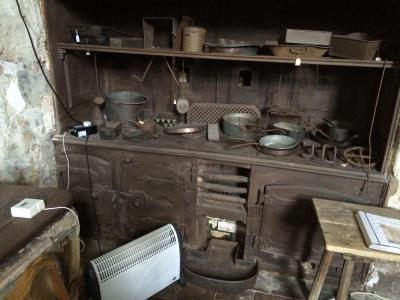
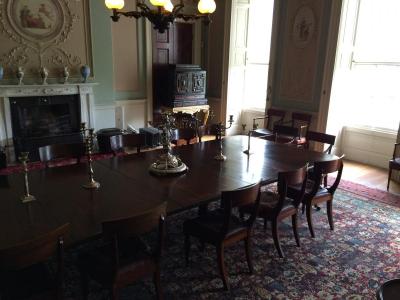
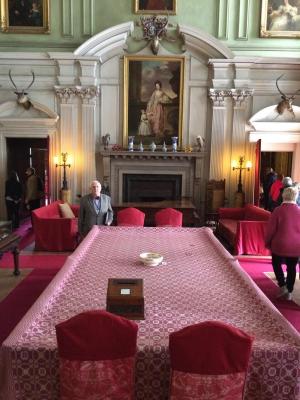
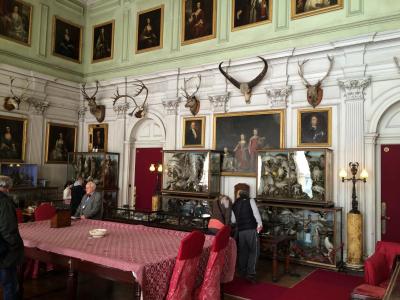
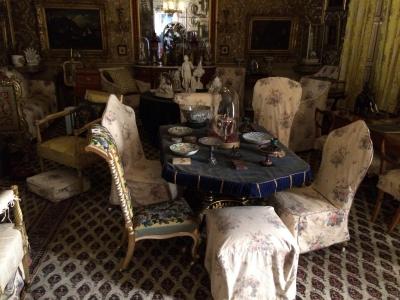
From top: hob (stove) in kitchen; dining room; massive billiards table in main hall; main hall; drawing room
Not all English country estates went the way of Calke Abbey. In fact the spectacular home that provides the setting for Downton, Highclere Castle, is an example. It survives today on tours and events (others also act as B&B’s and offer activities such as hunting, fishing, and riding). We had, in fact, planned to visit Highclere Castle this coming week, but because of the popularity of “Downton Abbey”, all advanced purchase tickets for the entire 2016 season are sold out. Walk-up visits are possible, but we didn’t want to travel out of our way to take a chance at visiting only to be turned away. With Highclere’s immediate future so nicely secured, we figure it will still be there in a couple of years.
So peer at these images from Calke Abbey as a reminder of what happens when we don’t change with the times, and while we wait for a seemingly inevitable “Downton Abbey” movie I’ll just say this: I miss Lady Edith.
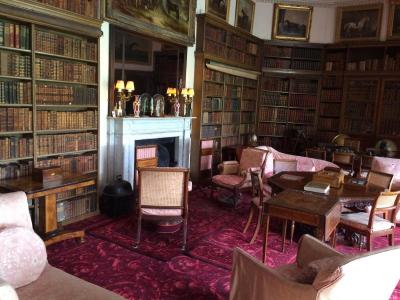
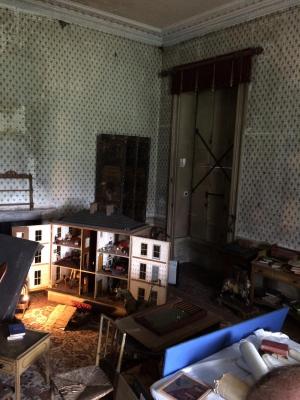
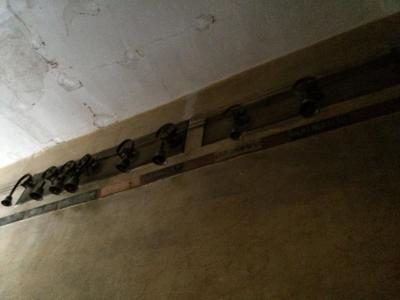
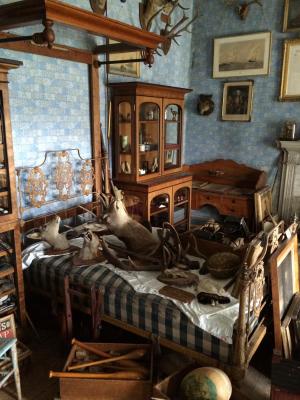
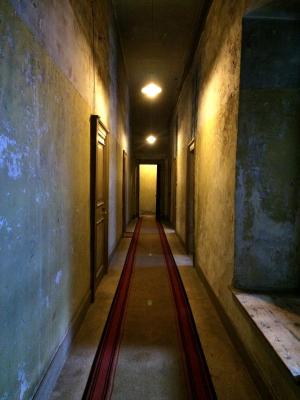
From top: library; nursery; servant’s bells in servant’s corridor; last owner’s bedroom; servant’s corridor






